Table of Contents[Hide][Show]
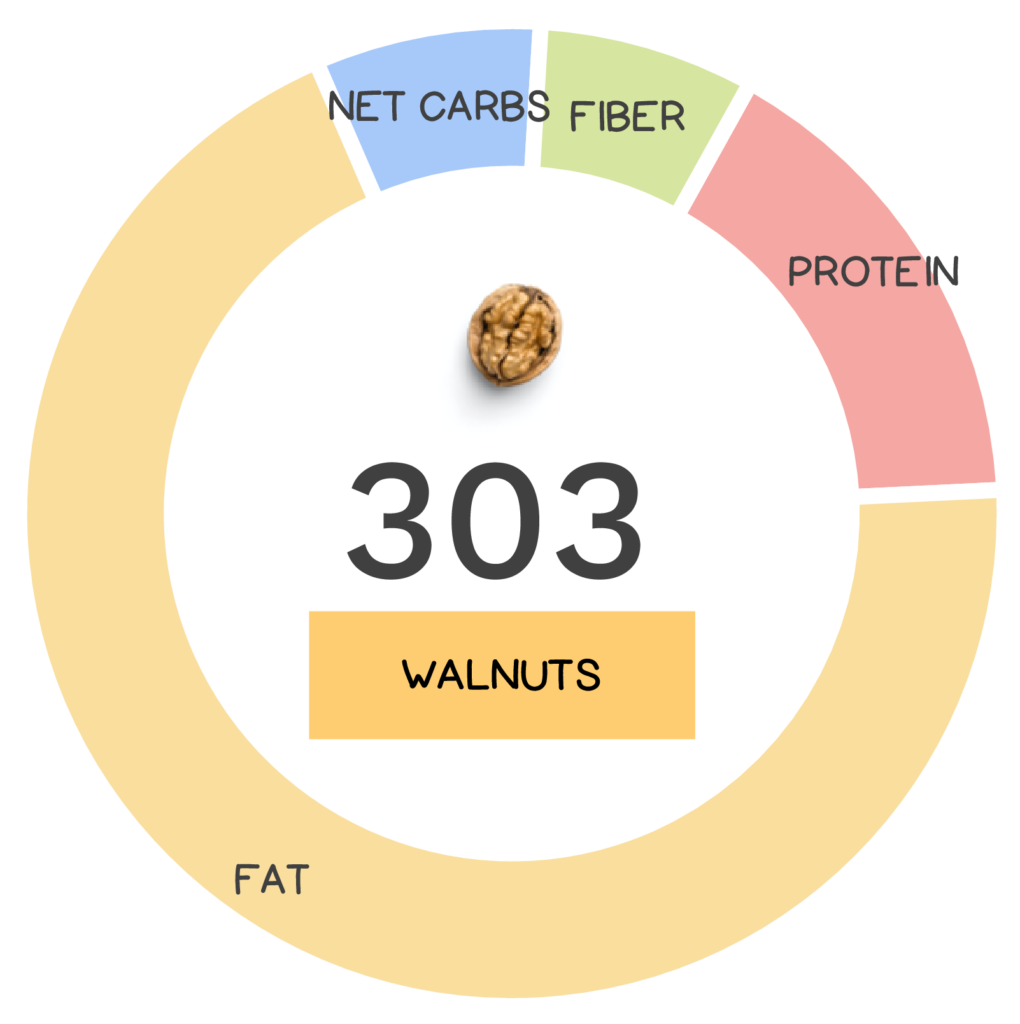
Walnuts are one of the best studied “nuts” when it comes to our health (a “health nut” as it were!), so it may surprise you to find out that they aren’t actually nuts, at least not in the botanical sense of the word. Walnuts are actually seeds of the tree’s fruit which is a drupe, or a stone fruit, as it is more commonly known. Stone fruits, like peaches and apricots, have a single stone or pit surrounded by a husk. The difference with walnuts is that instead of eating the flesh of the fruit, we eat the seed inside the pit, which is considered a culinary “nut”. Isn’t that nuts!?
Walnuts are not actually nuts but are in fact seeds of the tree’s fruit, which is a drupe (aka stone fruit)!
The walnut is the “nut” from any tree in the genus Juglans, but the walnut that we refer to most often is that of the Persian or English walnut, Juglans regia. Even though today there are more than 200 different kinds of walnuts, most are hybrids of this English walnut. As the name suggests, the common walnut originally came from Persia; in fact, walnuts are the oldest tree food we know of, and they have been cultivated and consumed for at least 10,000 years! Apart from food, ancient Greeks and Romans used these nuts medicinally and enjoyed walnut milk as a sweet refreshment. The Greeks actually referred to walnuts as ‘karyon’ which means ‘head’ since they thought walnut shells resembled a human head, and the meat inside resembled a human brain (I’d have to agree!).
Walnuts are the oldest tree food we know of – it has been cultivated and consumed for at least 10,000 years!
Walnuts thrive in temperate climates so they are grown all over the world. China is the top producer, though 99% of walnuts eaten in the US are grown in California (where roughly 1 billion pounds are produced annually). Walnut trees can grow 40 to 60 feet tall and produce for more than 100 years! However, their fruit can be tough to crack and while it may be convenient to purchase de-shelled walnuts, there’s something so satisfying about shelling your own if you have the time. However, if speed is your goal, the world record for shelling walnuts is 212 by hand or 181 against the head in a single minute! (Personally, I’d stick to using a nutcracker!)
Learn How All Foods Can Fit into a Healthy Diet

Improve Your Diet Without Restriction
Learn how to take a non-restrictive approach to eat nutrients, enjoy food, and live well.
In this webinar, Dr. Sarah will teach you how use Nutrivore to boost nutrient intake without drastic changes, improve your relationship with food, evaluate your diet’s quality, and adopt a balanced, moderation-focused mindset for long-term success. Say goodbye to the guilt-blame cycle and discover a nourishing approach to eating.
Buy now for instant digital access.
Nutrivore Score for Walnuts – 303
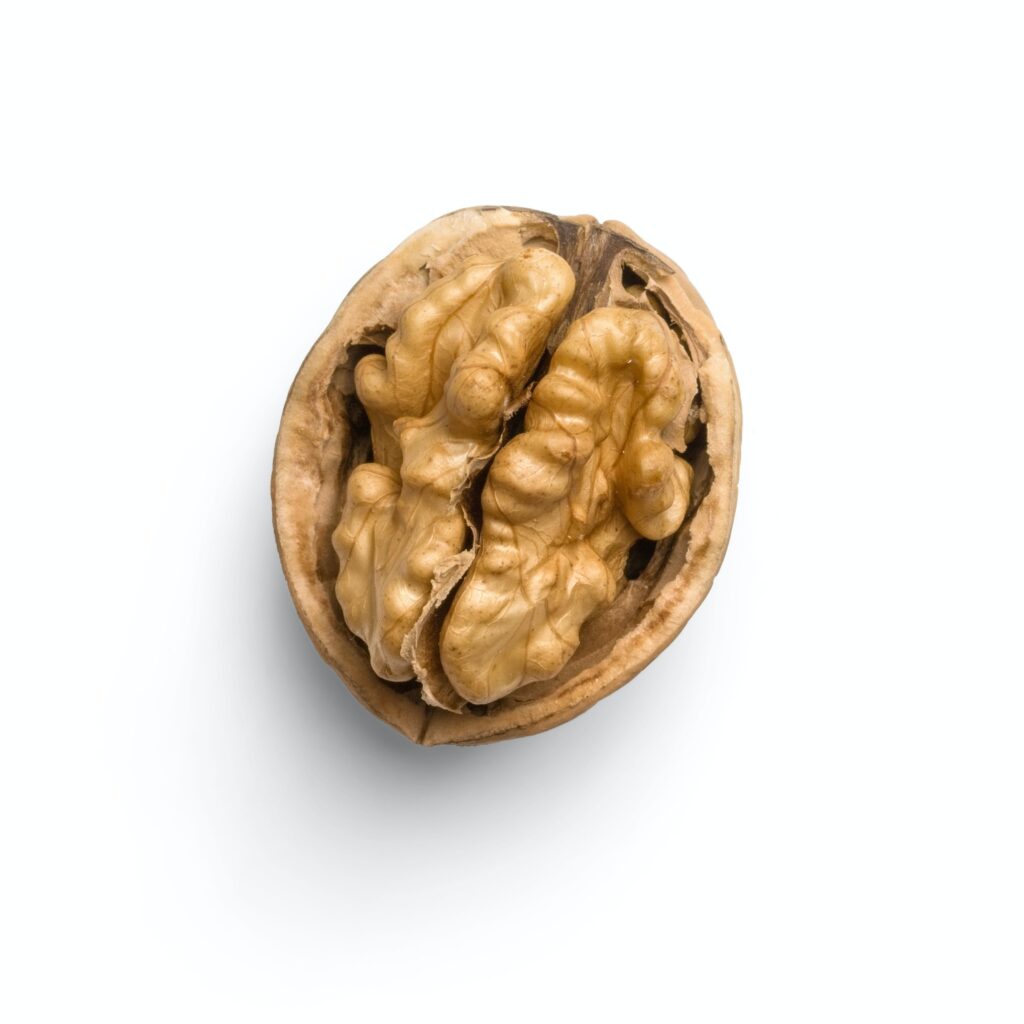
Walnuts have a Nutrivore Score of 303, making them a medium nutrient-dense food! Plus, they are a low-carb food; walnuts have 2.0 grams of net carbs per 1-ounce serving!
Per serving, walnuts are a best source (>50% daily value) of alpha-linolenic acid (ALA), linoleic acid, and polyphenols; an excellent source (20-50% daily value) of copper, manganese, vitamin B7 (biotin), and vitamin E; and a good source (10-20% daily value) of magnesium and monounsaturated fatty acids (MUFA).
Ditch Diets. Embrace Nutrients. Start with this FREE Guide.
Sign up for the free Nutrivore Newsletter, your weekly, science-backed guide to improving health through nutrient-rich foods — without dieting harder —and get the Beginner’s Guide to Nutrivore delivered straight to your inbox!

Walnut Nutrition Facts
One serving of walnuts is standardized to 1 ounce or about 28 grams. To put this in perspective: one serving of walnuts roughly equates to a palmful of nuts or approximately 14 halves.
Walnut Nutrition Facts Per Serving
| Walnuts, raw | Nutrivore Score: 303 | Nutrient Density: Medium |
|---|---|---|
| Serving Size: 1 ounce (14 halves) | Protein: 4.3 grams | Net Carbohydrates: 2.0 grams |
| Calories: 183 | Total Fat: 18.3 grams | Dietary Fiber: 1.9 grams |
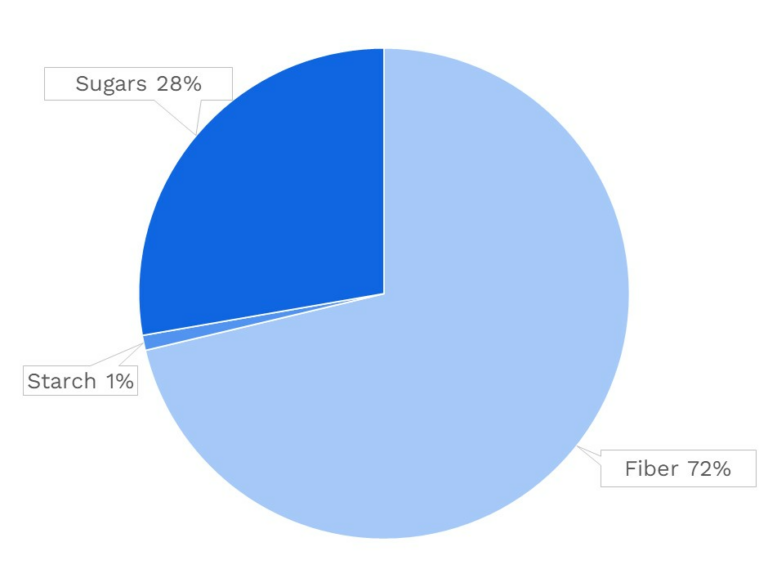
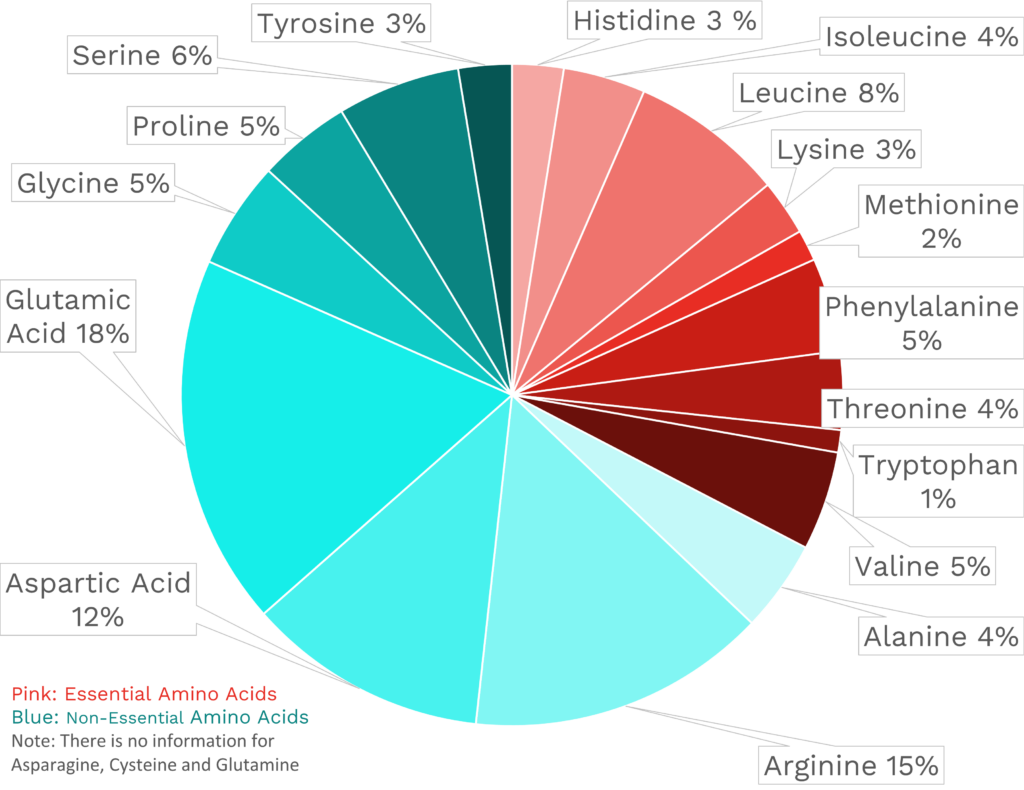
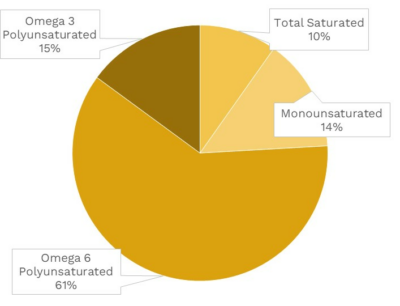
| VITAMINS | ||
|---|---|---|
| Vitamin A | 0.3 μg RAE | 0% DV |
| Vitamin B1 (Thiamin) | 95.5 μg | 8% DV |
| Vitamin B2 (Riboflavin) | 42.0 μg | 3% DV |
| Vitamin B3 (Niacin) | 0.3 mg | 2% DV |
| Vitamin B5 (Pantothenic Acid) | 0.2 mg | 3% DV |
| Vitamin B6 (Pyridoxine) | 150.4 μg | 9% DV |
| Vitamin B7 (Biotin) | 10.4 μg | 35% DV |
| Vitamin B9 (Folate) | 27.4 μg | 7% DV |
| Vitamin B12 (Cobalamin) | 0.0 μg | 0% DV |
| Vitamin C | 0.4 mg | 0% DV |
| Vitamin D (D2 + D3) | 0.0 μg | 0% DV |
| Vitamin E | 6.6 mg | 44% DV |
| Vitamin K | 0.8 μg | 1% DV |
| Choline | 11.0 mg | 2% DV |
| Myo-Inositol | 55.4 mg | ~ |
| CoQ10 | 0.1 mg | ~ |
| FUNCTIONAL FATS | ||
|---|---|---|
| MUFA | 2.5 g | 13% DV |
| ALA | 2542.4 mg | 159% DV |
| EPA + DHA | 0.0 mg | 0% DV |
| CLA | ~ | ~ |
| Linoleic Acid | 10.7 g | 63% DV |
| MCT’s | 0.0 g | ~ |
| MINERALS | ||
|---|---|---|
| Calcium | 27.4 mg | 2% DV |
| Copper | 444.1 μg | 49% DV |
| Iodine | ~ | ~ |
| Iron | 0.8 mg | 5% DV |
| Magnesium | 44.2 mg | 11% DV |
| Manganese | 955.9 μg | 42% DV |
| Phosphorus | 96.9 mg | 8% DV |
| Potassium | 123.5 mg | 3% DV |
| Selenium | 1.4 μg | 2% DV |
| Sodium | 0.6 mg | 0% DV |
| Zinc | 0.9 mg | 8% DV |
| PHYTONUTRIENTS | ||
|---|---|---|
| Carotenoids | 5.9 μg | ~ |
| Polyphenols | 455.0 mg | ~ |
| Phytosterols | 35.8 mg | ~ |
| Glucosinolates | ~ | ~ |
| Thiosulfinates | ~ | ~ |
| Betalains | ~ | ~ |
| AMINO ACIDS & PEPTIDES | ||
|---|---|---|
| Taurine | ~ | ~ |
| Ergothioneine | ~ | ~ |
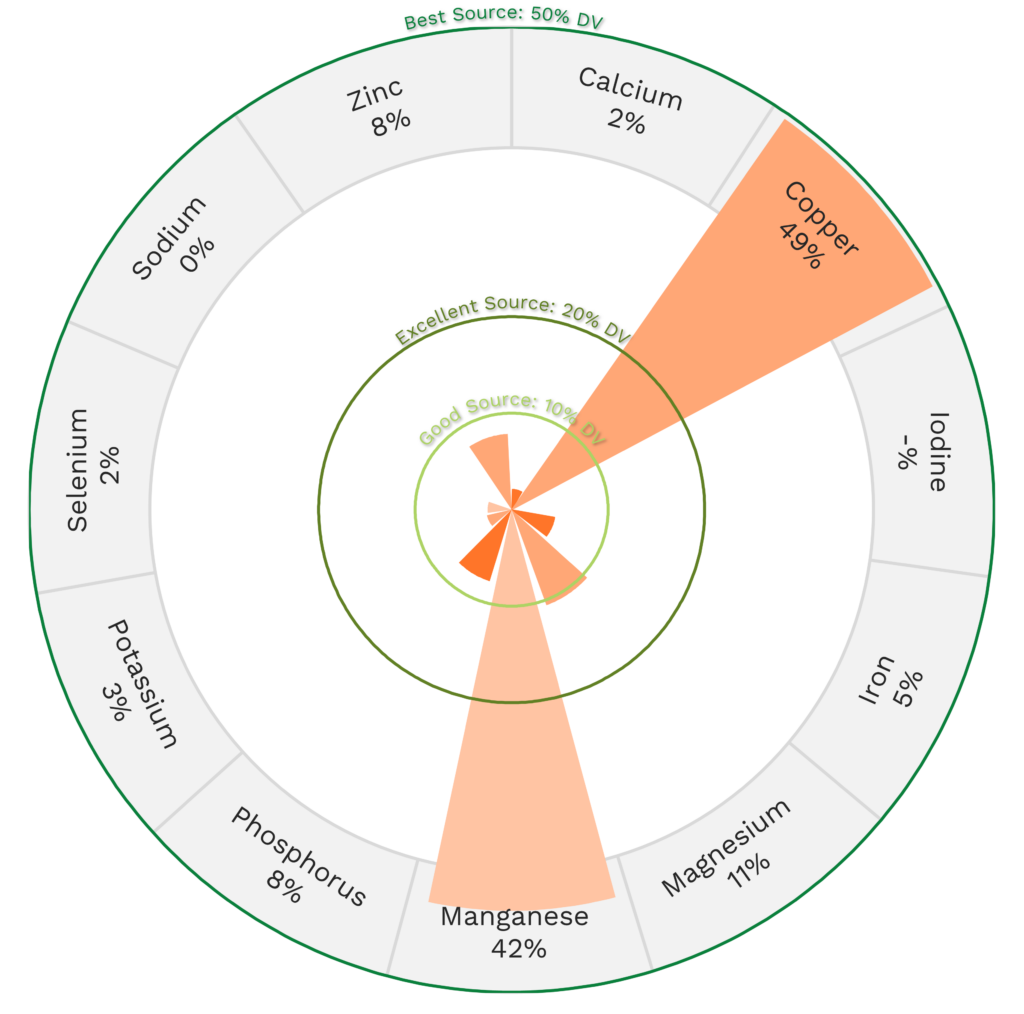


Walnut Nutrition Varies With Processing
The Nutrivore Score of walnuts varies depending on how they have been processed. For instance, walnut oil is an edible oil extracted from walnuts. It has a low smoke point so is best used at low temperatures and mainly as a finishing oil.
| NUTRIVORE SCORE | |
|---|---|
| English walnuts | 303 |
| Walnut oil | 126 |
| Walnuts, dry roasted, with salt added | 277 |
Walnut Nutrition Varies With Variety
The Nutrivore Score of walnuts varies depending on variety. While the English walnut is the most commonly consumed, black walnuts, which are native to North America, are also edible and are known for their distinctive flavor.
| NUTRIVORE SCORE | |
|---|---|
| Black walnuts, dried | 219 |
| English walnuts | 303 |
Impressed by all the NUT-rition in walnuts? Maybe your friends will be too!
Health Benefits of Walnut Nutrients
Let’s take a closer look at all of the best and excellent source of nutrients found in a 1-ounce serving of walnuts and see how they benefit our health.
Walnuts Provide 159% DV Alpha-Linolenic Acid (ALA)
Walnuts are an outstanding source of alpha-linolenic acid (ALA), providing 159% of the daily value per 1-ounce serving!
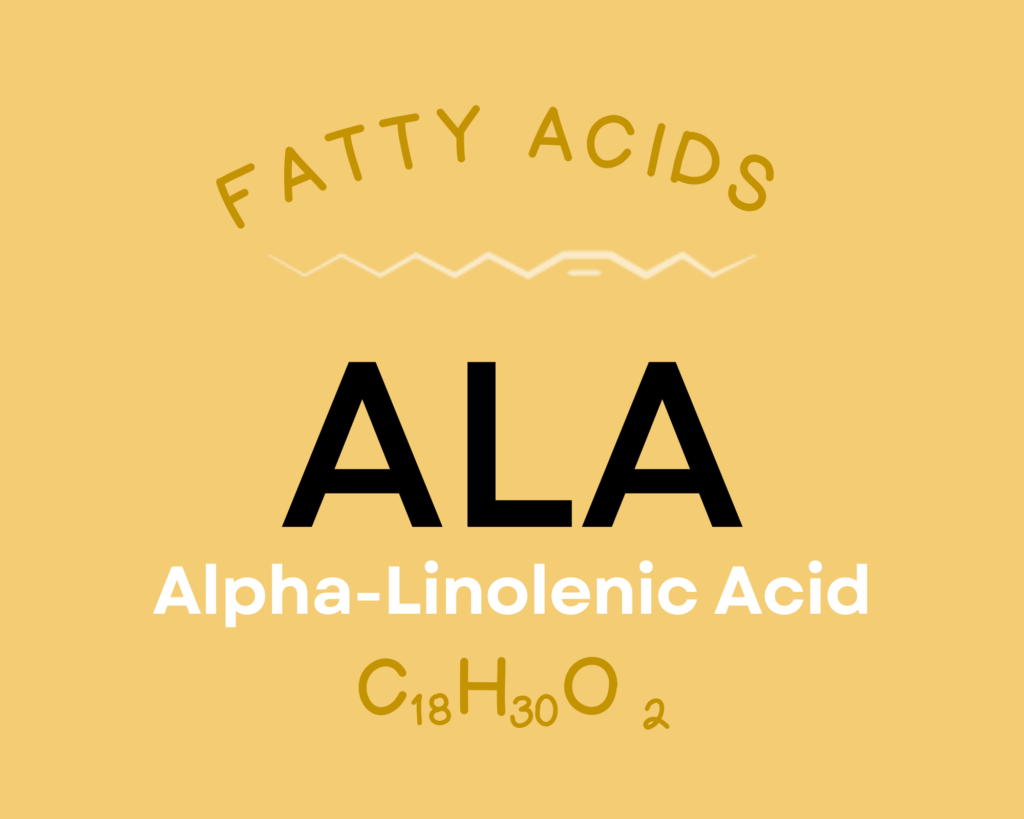
Alpha-linolenic acid (ALA) is the only truly essential omega-3 fatty acid. Like other omega-3 fats, it plays an important role in regulating inflammation, pain perception, and blood pressure. It’s also major structural component of the phospholipid layer of cell membranes. Getting enough ALA helps maintain cardiovascular health, while also potentially protecting against cancer, pneumonia, and some forms of depression. Learn more about ALA here.
Walnuts Provide 63% DV Linoleic Acid
Walnuts are a fantastic source of linoleic acid, providing 63% of the daily value per 1-ounce serving!
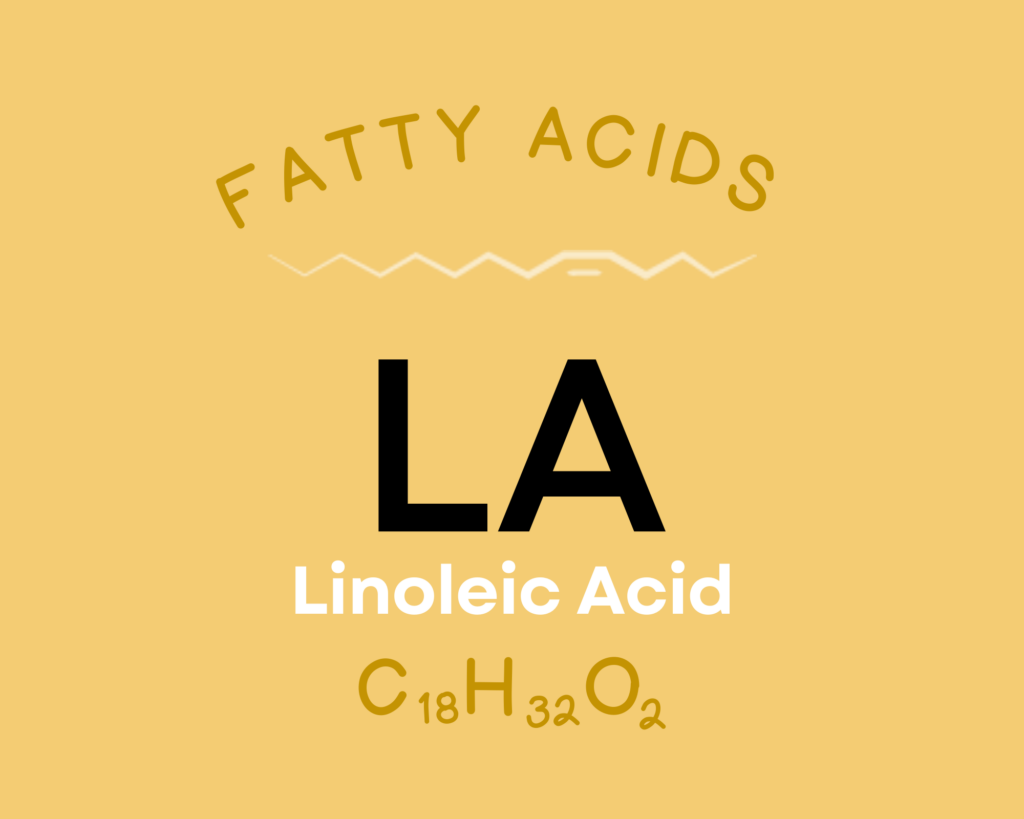
Linoleic acid is the only essential omega-6 fatty acid. Along with being required for human growth and development, it serves as a structural component of cell membranes, plays a role in maintaining skin health and integrity, and is a precursor for bioactive lipid mediators. Although linoleic acid can lower LDL cholesterol levels, research hasn’t consistently shown any protective effect against heart disease. Likewise, there’s mixed evidence (some showing benefit, some showing harm) for the effects of linoleic acid on cancer. Higher intakes have also been associated with depression and obesity, although it may have a protective effect against diabetes. Learn more here.
Walnuts Provide 455.0 mg of Polyphenols
Walnuts are an excellent source of polyphenols, providing 455.0 mg of polyphenols per 1-ounce serving!

Polyphenols play a huge role in protecting against cancer, heart disease, diabetes, asthma, osteoporosis, neurodegenerative diseases, and other conditions associated with oxidative stress. In fact, a major reason foods like red wine and olive oil (as well as diets rich in both, such as the Mediterranean diet) show up as so beneficial may be due to their high polyphenol content! Along with chronic diseases, supplementing with polyphenols has been shown to protect against infections and reduce the signs of aging. Polyphenols exert their most potent effects by acting as antioxidants—preventing cellular damage by neutralizing hazardous oxygen radicals and improving cellular health as a result (which, in turn, benefits virtually every system in the body). As a result of their antioxidant properties, polyphenols also boost the immune system and protect against both chronic and acute diseases. In addition, polyphenols can help regulate enzyme function, stimulate cell receptors, modulate the functions of inflammatory cells (including T and B lymphocytes, macrophages, platelets, and natural killer cells), alter adhesion molecule expression, affect nerve cells and cardiac muscle cells, and exert antiviral effects. Learn more about polyphenols here.
Walnuts Provide 49% DV Copper
Walnuts are an excellent source of copper, providing 49% of the daily value per 1-ounce serving!
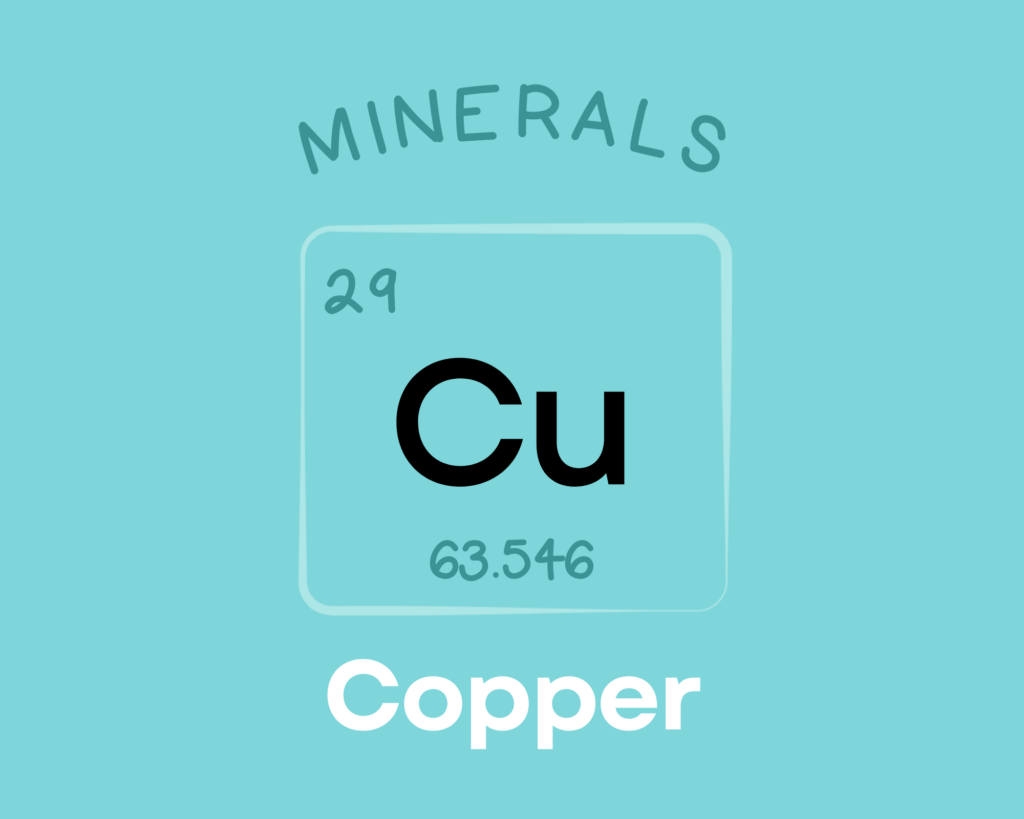
Copper is a trace mineral that’s essential for all living organisms. Copper serves as a component of numerous enzymes and proteins in the body, giving it diverse roles in the growth, development, and maintenance of various organs (including the heart and brain), bone, and connective tissue. Copper is also involved in glucose and cholesterol metabolism, helps regulate gene expression, can scavenge free radicals, and is needed for the production of red blood cells. Learn more about copper here.
Walnuts Provide 44% DV Vitamin E
Walnuts are also an excellent source of vitamin E, providing 44% of the daily value per 1-ounce serving!

Vitamin E is actually a group of eight different vitamins, though the form alpha-tocopherol is the most biologically important. Its most significant role is as a fat-soluble antioxidant, protecting the lipids in cell membranes from oxidative damage. Its free radical-scavenging abilities make vitamin E helpful for cardiovascular health, cancer protection, neurological health (including slowing the progression of Alzheimer’s disease), and any situations where oxidative stress increases (such as during pregnancy). There’s even evidence that getting enough vitamin E can reduce the risk of the common cold! Learn more about vitamin E here.
Walnuts Provide 42% DV Manganese
Walnuts are a great source of manganese, providing 42% of the daily value per 1-ounce serving!
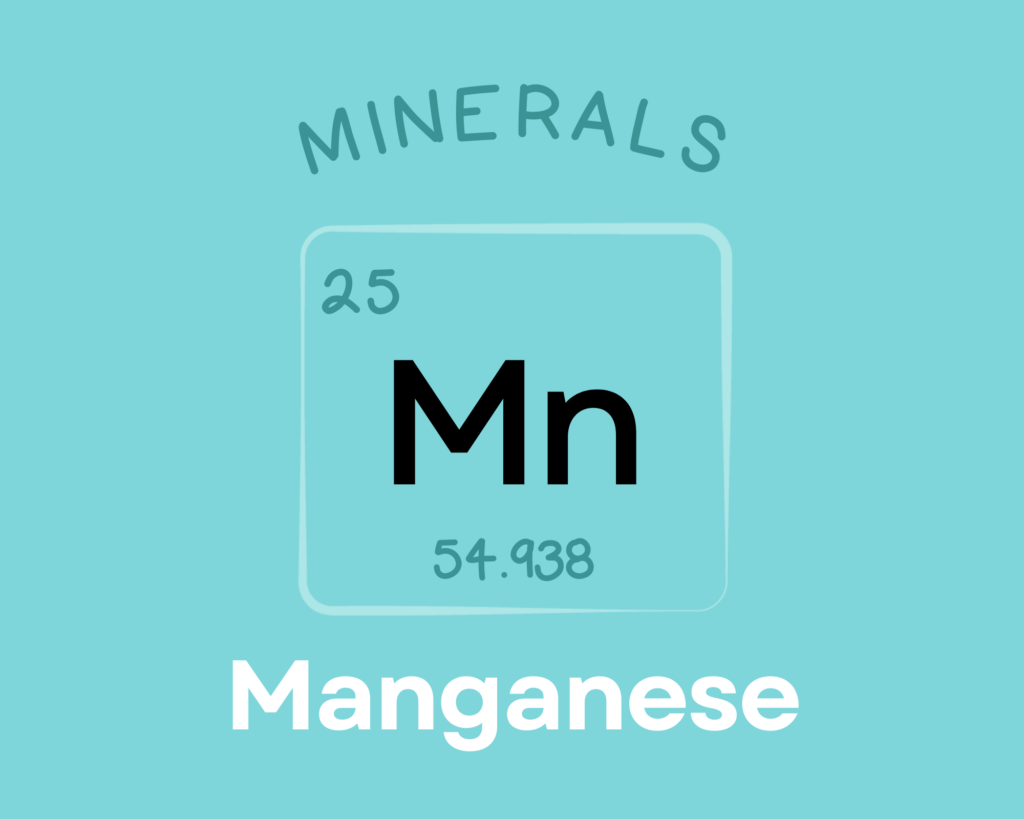
Manganese is an essential mineral that serves as a cofactor and component of numerous enzymes. Through these roles, it’s involved in carbohydrate metabolism, amino acid synthesis, gluconeogenesis, detoxification, lipid processing, free radical defense, bone and collagen formation, and wound healing. Although the research so far is limited, some evidence suggests that manganese can protect against osteoporosis and diabetes, and may even be involved in seizure disorders. Learn more about manganese here.
Walnuts Provide 35% DV Vitamin B7 (Biotin)
Walnuts are also an excellent source of vitamin B7 (biotin), providing 35% of the daily value per 1-ounce serving!
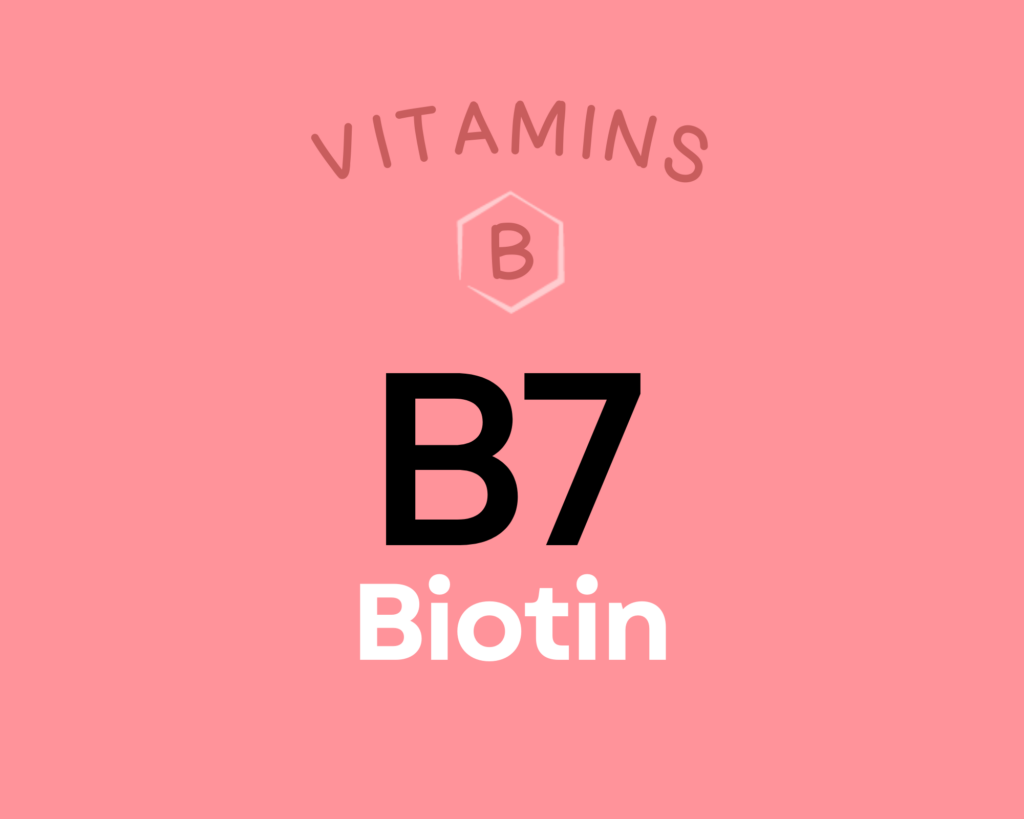
Biotin is a water-soluble B vitamin, also known as vitamin B7. Like other B vitamins, it plays an important role in energy metabolism (serving as a coenzyme for five carboxylase enzymes), neurotransmitter production, cellular function, and the function of various organs. Getting enough biotin can help support healthy nail and hair growth. It’s also particularly important during pregnancy, with low intakes increasing the risk of premature delivery and birth defects. There’s even some evidence biotin can benefit diabetics and reduce functional disabilities in people with multiple sclerosis. Learn more about biotin here.
Want to know the top 500 most nutrient-dense foods?
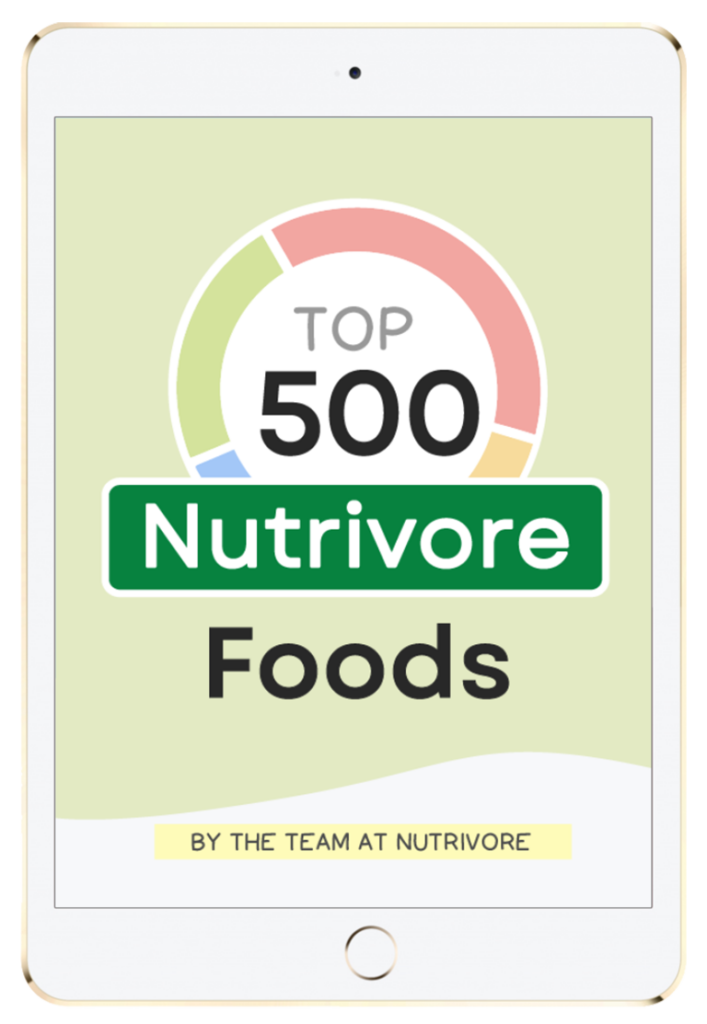
Top 500 Nutrivore Foods
The Top 500 Nutrivore Foods e-book is an amazing reference deck of the top 500 most nutrient-dense foods according to their Nutrivore Score. Think of it as the go-to resource for a super-nerd, to learn more and better understand which foods stand out, and why!
If you are looking for a quick-reference guide to help enhance your diet with nutrients, and dive into the details of your favorite foods, this book is your one-stop-shop!
Buy now for instant digital access.
How Much Walnuts Should We Eat Per Day?
Not only do nuts make for a convenient snack food, eating nuts is also associated with a wide range of health benefits! As they say, you can’t spell nutritious without ‘nut’ (if they don’t say that, they should!)
Nuts and seeds are some of the most nutritious, whole-food healthy fat sources out there! They have been associated with lower rates of a variety of chronic diseases and all-cause mortality. In a study of adults at high risk of cardiovascular disease, eating more than three servings of nuts per week resulted in a 39% reduced risk of death from all causes. Nut and seed consumption is also associated with lower body mass index, lower waist circumference, and lower occurrence of type 2 diabetes.
In a meta-analysis encompassing 354,933 total participants, one serving of nuts per day was associated with a 27% reduced risk of all-cause mortality and a 39% reduced risk of cardiovascular disease mortality, and the highest nut consumers saw a 14% reduced risk of cancer mortality. Additional research has shown that nut consumption is associated with lower risk of mortality from respiratory diseases (52% reduced risk), neurodegenerative disease (35% reduced risk), infectious disease (75% reduced risk), and kidney disease (73%).
However, there are some compelling reasons not to “go nuts” on nuts (hyuck, see what I did there?). Health benefits of nut and seeds consumption do not continue to increase beyond about 1 ounce (28 grams) per day, and there’s some evidence that consuming large amounts of nuts daily can increase disease risk (at least for stroke). That means eating more than a palmful per day won’t do us any favors (and may potentially undermine our health). And, nuts should be avoided by people with allergies or sensitivities (in which case, seeds can deliver comparable health benefits).
While not every nut or seed has been extensively studied, we can expect variety to be important. For instance, every nut and seed that has been evaluated in terms of its impact on the gut microbiome shows unique benefits. So again, mix it up as in “mixed nuts!” (Hyuck)
Owing to their amazing omega-3 content (higher than any other nut!), fiber, and phytonutrients, walnuts routinely show up as protective against a number of health conditions. A variety of studies have shown that walnuts may protect against colorectal, prostate, and breast cancer, plus walnuts are associated with better brain function in humans!
Easily track your servings of Nutrivore Foundational Foods!

The Nutrivore Weekly Serving Matrix
The Nutrivore Weekly Serving Matrix digital resource is an easy-to-use and flexible weekly checklist designed to help you maximize nutrient-density and meet serving suggestions of Nutrivore foundational foods, all without having to weigh or measure your foods!
Includes a 22-page instructional guide and downloadable interactive guides.
Buy now for instant digital access.
cITATIONS
Expand to see all scientific references for this article.
Clements RS Jr, Darnell B. Myo-inositol content of common foods: development of a high-myo-inositol diet. Am J Clin Nutr. 1980 Sep;33(9):1954-67. doi: 10.1093/ajcn/33.9.1954. PMID: 7416064.
Normén L, Ellegård L, Brants H, Dutta P, Andersson H. A phytosterol database: Fatty foods consumed in Sweden and the Netherlands. Journal of Food Composition and Analysis. 2007. Vol 20(3):193-201. doi: 10.1016/j.jfca.2006.06.002.
Phenol-Explorer: Walnut
Pravst I, Zmitek K, Zmitek J. Coenzyme Q10 contents in foods and fortification strategies. Crit Rev Food Sci Nutr. 2010 Apr;50(4):269-80. doi: 10.1080/10408390902773037. PMID: 20301015.
USDA Food Central Database: Nuts, walnuts, english
Watanabe T, Kioka M, Fukushima A, Morimoto M, Sawamura H. Biotin content table of select foods and biotin intake in Japanese. Int J Anal Bio-Sci. 2014. Vol 2(4):109-125.


